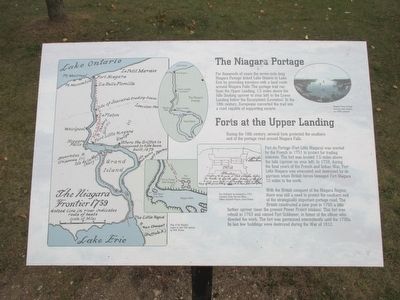Welcome to Kampong Glam, a vibrant neighborhood in Singapore that serves as a living testament to the rich tapestry of cultures that have shaped this island nation. Kampong Glam’s history dates back to the early 19th century, when it was designated as a Malay-Muslim quarter by Sir Stamford Raffles, the founder of modern Singapore. This area was named after the Gelam tree, which once grew abundantly here and was used for boat-building purposes.
In 1824, Kampong Glam became officially recognized as a settlement for the Sultan of Johor and his followers. Sultan Hussein Shah, along with his family and entourage, made it their home, marking the beginning of Kampong Glam’s significance as a center of Malay royalty and Islamic culture. At the heart of this neighborhood stands the majestic Sultan Mosque, with its golden dome and imposing architecture, completed in 1826. It remains one of Singapore’s most important religious sites and a focal point for the Muslim community.
Throughout the 19th century, Kampong Glam was a bustling hub of trade, attracting merchants from all over the Malay Archipelago, the Middle East, and beyond. Arab Street, in particular, became a thriving commercial center, with traders dealing in textiles, spices, and other goods. This influx of diverse cultures contributed to the area’s unique multicultural identity, which is still evident today in its vibrant streets and eclectic mix of shops and eateries.
One notable figure associated with Kampong Glam is Hajjah Fatimah, a successful businesswoman of Malay and Bugis descent. She was instrumental in the development of the area and left a lasting legacy with the construction of Hajjah Fatimah Mosque in the 1840s, a distinctive structure that showcases a blend of Malay and colonial architectural styles.
As Singapore underwent rapid modernization in the 20th century, Kampong Glam faced challenges, with parts of it falling into disrepair. However, concerted efforts by the government and local communities have preserved its historical character. Today, Kampong Glam is a vibrant cultural precinct, celebrated for its rich heritage and dynamic arts scene. It’s a place where tradition and modernity coexist, attracting both locals and tourists who come to explore its narrow streets, colorful murals, and traditional shophouses.
Visitors can immerse themselves in the history of Kampong Glam by visiting the Malay Heritage Centre, which occupies the former Istana Kampong Glam, the Sultan’s palace. Here, you can learn about the history and culture of the Malay community in Singapore and gain insights into the lives of the people who shaped this neighborhood.
In essence, Kampong Glam is more than just a historical site; it is a living, breathing community that continues to play a crucial role in Singapore’s cultural landscape. Whether you’re exploring its bustling markets, savoring its culinary delights, or simply soaking in the atmosphere, Kampong Glam offers an authentic glimpse into the past, present, and future of Singapore’s multicultural heritage.


